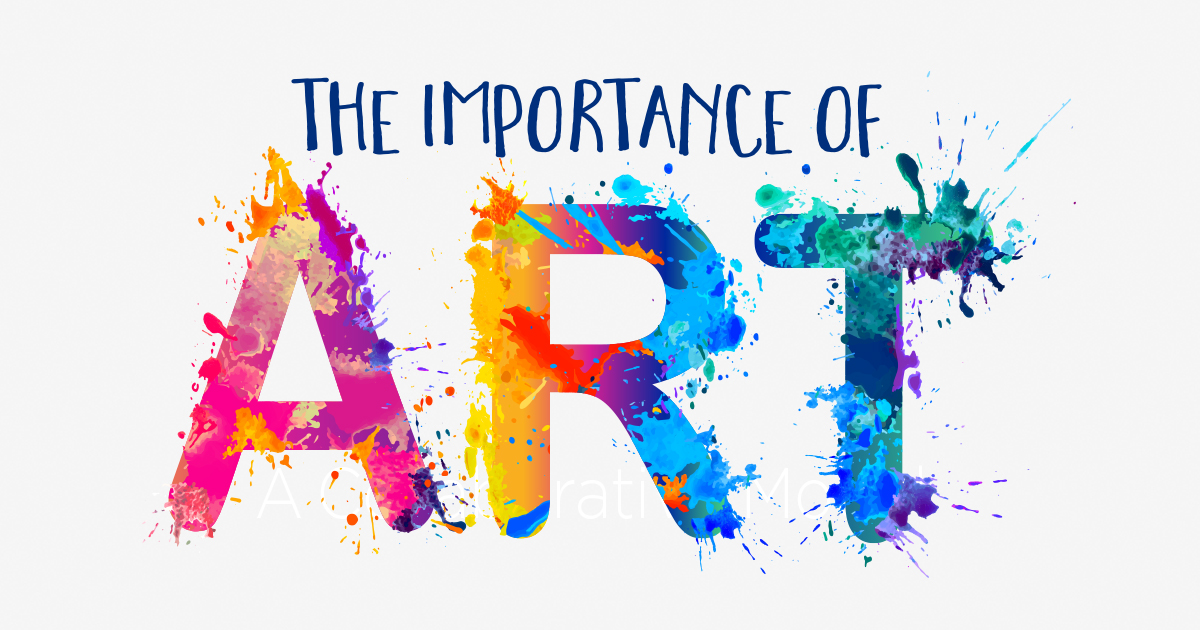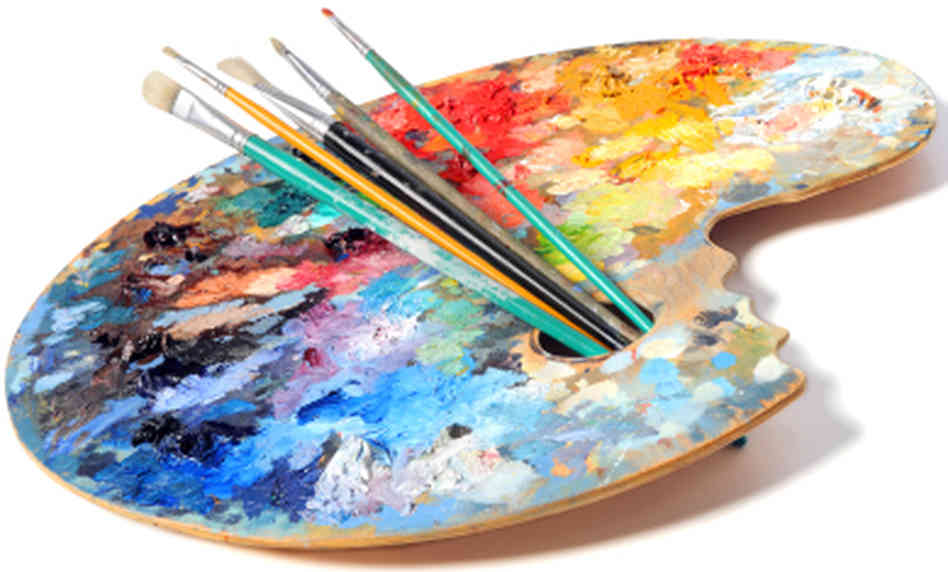The Crossway of Politics and Aesthetics in Trump Art
The Crossway of Politics and Aesthetics in Trump Art
Blog Article
Starting a Visual Trip Via the Lyrical Interpretations of Nature in Stylist Landscapes
In the world of art background, the Stylist movement sticks out as a critical period that transformed the way nature was shown on canvas. Artists such as Claude Monet, Camille Pissarro, Edgar Degas, Berthe Morisot, and Vincent Van Gogh captured the essence of the all-natural globe with their one-of-a-kind analyses, creating landscapes that transcend simple graph. Each brushstroke, each play of light and darkness, and each shade option in their jobs talks quantities about the artists' deep link to nature and their capacity to translate its beauty onto the canvas. As we check out the lyrical analyses of nature in Stylist landscapes, we are welcomed to submerse ourselves in a world where reality and emotion link, providing a peek right into the artists' extensive recognition for the environment.
The Fascinating Brushstrokes of Claude Monet
Claude Monet's mastery of brushstrokes transcends simple technique, imbuing his landscapes with a spiritual quality that enthralls and mesmerizes audiences - trump art. His cutting-edge use of color and light, incorporated with his distinctive brushwork, produces a feeling of movement and life within his paintings. Monet's renowned collection of jobs portraying water lilies and his legendary haystacks display his capacity to capture the fleeting results of light and atmosphere

Embracing Light and Shadow With Camille Pissarro
Symbolizing a comparable reverence for the interplay of light and shadow, Camille Pissarro's artistic vision unfolds as a harmonious expedition of the environment's luminescent nuances. Pissarro, a vital number in the Impressionist activity, masterfully recorded the vibrant connection in between light and darkness in his landscapes. His adept use shade and brushwork permitted him to share the subtle shifts in light that specify various times of day and seasons.
Pissarro's paintings usually feature dappled sunlight filtering through leaves, casting elaborate patterns of light and darkness on the earth listed below. In jobs such as "Hoar Frost, the Effect of Snow, Pontoise," Pissarro skillfully portrays the crisp brightness of winter months sunshine compared with the amazing darkness that specify the snowy landscape. By embracing both light and darkness in his make-ups, Pissarro invites viewers to immerse themselves in the natural elegance and short-term impacts of light in the globe around them.

Through Pissarro's works, we are advised of the transformative power of light and darkness, inviting us to stop briefly and value the short lived minutes of appeal present in the day-to-day landscapes that surround us.
A Harmony of Colors by Edgar Degas
Edgar Degas orchestrates a vivid harmony of colors in his skillful artworks, infusing his make-ups with a vibrant interaction of hues that mesmerize the visitor's look. Understood mainly for his ballet dancers and intimate scenes of Parisian life, Degas skillfully adjusted colors to convey state of mind and motion in his paintings. trump art. His use vibrant, contrasting shades and subtle tonal variants produced a sense of deepness and vibrancy within his works
Degas' shade palette frequently consisted of abundant blues, deep greens, and warm oranges, which he applied with positive brushstrokes to catch the significance of his subjects. Whether representing a ballerina mid-performance or a team of good friends talking at a coffee shop, Degas' shades not only illustrated the scene but likewise stimulated a sense of feeling and energy.
Furthermore, Degas' testing with light and shadow included an additional layer of intricacy to his color make-ups, enhancing the general environment of his paintings (trump art). Through his skilled manipulation of color, Degas produced a visual symphony that continues to resonate with customers today
Exploring Nature's Calmness With Berthe Morisot
Berthe Morisot's imaginative vision supplies a peaceful separation from the lively color symphonies of Edgar Degas, as she catches the serenity of nature in her expressive landscapes. Understood for her delicate brushwork and intimate portrayals of daily life, Morisot's landscapes show a sense of peace and consistency.
Morisot's paintings blog frequently feature soft, low-key tones that communicate a sense of calmness and peacefulness. Her jobs, such as "The Cradle" and "Summer's Day," showcase her capability to capture the refined elegance of nature in such a way that is both contemplative and relaxing to the customer.
Unlike some of her Stylist counterparts that focused on vibrant shades and vibrant compositions, Morisot chose to create mild, reflective scenes that invite the viewer to reflect and pause. Through her masterful use light and darkness, Morisot creates a feeling of tranquility that resonates with the customer on a deep emotional level.
The Psychological Landscapes of Vincent Van Gogh
Vincent Van Gogh's landscapes vividly communicate top article a deepness of emotion through their vibrant brushwork and meaningful usage of shade. The Dutch post-impressionist musician is renowned for his capacity to record raw and extreme feelings in his paintings, going beyond conventional depictions of nature. Van Gogh's tumultuous personal life, noted by mental health battles, considerably affected his art, infusing his landscapes with a feeling of worry, sorrowful, or spirit.
In jobs such as "Starry Night" and "Wheatfield with Crows," Van Gogh's swirling brushstrokes and lively color choices stimulate a profound emotional action from viewers. The unstable skies and perturbed landscapes in his paints reflect his inner turmoil and emotional disturbance, inviting visitors to look into the complexities of his subconscious.
Van Gogh's one-of-a-kind aesthetic language, defined by exaggerated perspectives and bold use of shade, produces landscapes that resonate with viewers on a deeply psychological degree. With his art, Van Gogh invites us to see nature not equally as an outside reality yet as a mirror of our innermost sensations and feelings.
Verdict
To conclude, the impressionist landscapes of musicians such as Claude Monet, Camille Get More Information Pissarro, Edgar Degas, Berthe Morisot, and Vincent Van Gogh use a distinct and exciting aesthetic interpretation of nature. Through their use brushstrokes, emotion, color, and light, these musicians have created a symphony of images that stimulate a feeling of peacefulness and elegance in the environment. Their jobs remain to motivate and captivate audiences with their lyrical interpretations of the landscapes around us.
Each brushstroke, each play of light and darkness, and each color selection in their jobs talks quantities regarding the musicians' deep connection to nature and their capability to translate its appeal onto the canvas. His ingenious use of shade and light, integrated with his unique brushwork, develops a sense of movement and life within his paintings. His proficient usage of color and brushwork permitted him to share the subtle shifts in light that define different times of day and seasons.

Report this page